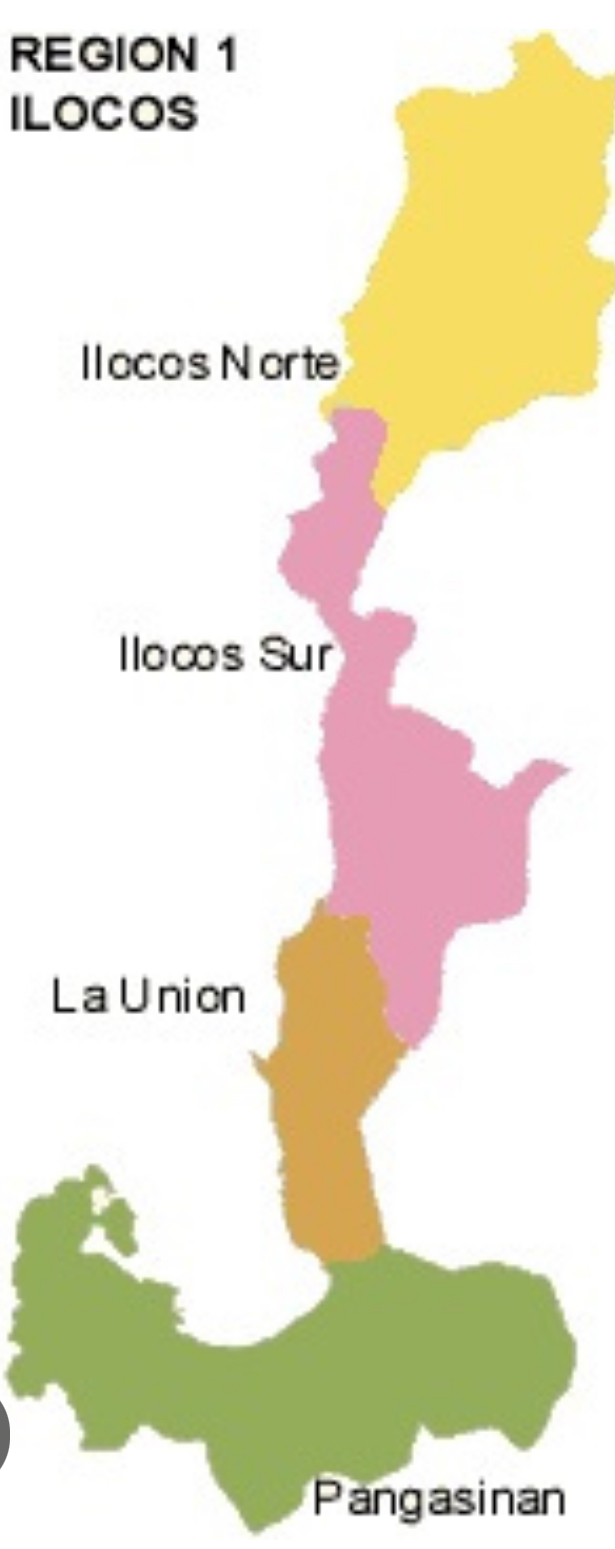A FILIPINA choreographer and dance historian was honored Monday, Aug. 31, for “her single-minded crusade in preserving the endangered artistic heritage of the Southern Philippines.”
Ligaya Fernando-Amilbangsa, 71, was among five recipients of the Ramon Magsaysay Award, Asia’s version of the Nobel Prize, for documenting and teaching a pre-Islamic dance tradition called pangalay.
Amilbangsa told the Associated Press she hopes the ethnic dance will continue to live on and help heal divisions in the poor in the Philippines, rather than become a decorative museum piece.
“We have to think of a national symbol that can unite all of us,” she said in a recent interview.
Amilbangsa developed a fascination for pangalay when she first saw the dance at a 1969 wedding in Sulu province, where she relocated after marrying a Muslim schoolmate who belonged to a prominent clan, the Associated Press reported.
“I thought that this was so beautiful, it’s so different,” she told the news agency.
In the ethnic dance, arms are swayed gently and the hands and fingers move in a way that simulates the motions of animals or waves.
Amilbangsa was interested in how pangalay is believed to have come to the southern Philippines from India prior to the arrival of Christianity and Islam, according to the Associated Press. The news agency added that the Filipina awardee said classic dance forms resembling pangalay can be found in Cambodia, Indonesia, Myanmar and Thailand, among other places in Southeast Asia.
In the same year that Amilbangsa became interested in pangalay, she began conducting research on the dance and interviewed elder villagers to record the gestures, Pangalay dancer and researcher Nanette Matilac told the Associated Press.
In 1983, Amilbangsa published a book with the first written pangalay dance instructions, the news agency reported.
Philippine President Benigno Aquino III, whose late mother (former Philippine President Corazon Aquino) previously received the honor, gave out the awards on National Heroes Day and offered positive words for Amilbangsa.
“Our country holds the belief that if you forget your roots, you are bound not to reach your destination. Our own kababayan, Ligaya Fernando-Amilbangsa, has lived by this code. She turned her appreciation of the arts into an advocacy, with the most important one being the study, practice, and teaching of the dance style, pangalay, from the southernmost part of the country,” Aquino said during a speech on National Heroes’ Day, according to CNN.
The four others who also received the award are: Kommaly Chanthavong of Laos for reviving and developing ancient Laotian silk weaving as a means of creating a source of livelihood for poor villagers; Anshu Gupta of India for founding a volunteer group that recycles a variety of items, providing jobs and more affordable basic items for those in need; Sanjiv Chaturvedi of India for investigating and exposing government corruption; and Kyaw Thu of Myanmar for providing free funeral services for the poor through a group he created called Free Funeral Services Society.
Aquino said the each recipient “has transcended the ‘individual perspective.’”
“Each of them has chosen to leave their comfort zones, and answer the call to serve more and more people, whether the immediate community, or all of society,” he said, according to CNN.
The Ramon Magsaysay Award, created in 1957 and named after the third president of the Philippines, is bestowed on individuals and organizations each year. Since it was established, more than 300 men, women and organizations have been recognized for their selfless service for their societies, Asia and the world, according to the award foundation’s website.
Each awardee received $30,000 and a gold medallion.






